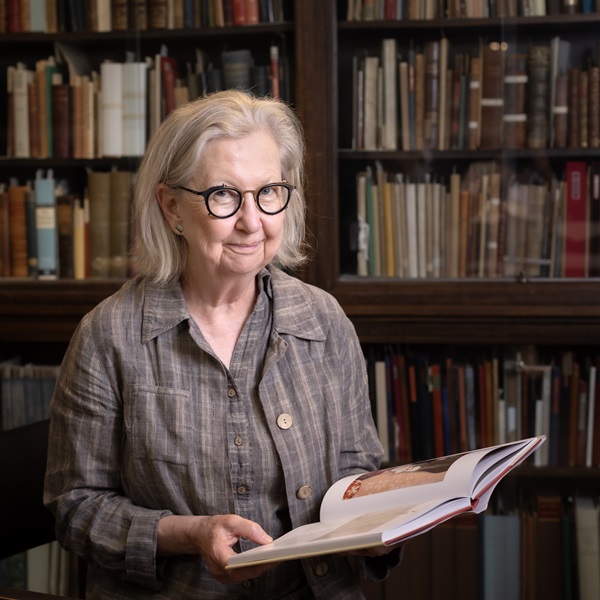When a slave named Ireland fled from New York in the 18th century, his American owner sent word north in the hopes of recapturing him. Canadians steeped in Heritage Minutes celebrating our role as the terminus of the Underground Railway might conclude that the owner – William Gilliland – was trying to apprehend Ireland before he crossed the border to freedom.
Not so, says associate professor of art history Charmaine Nelson. Ireland escaped in 1777, long before slavery was abolished in the British Empire, and Gilliland placed his ad in the Quebec Gazette, offering a reward for Ireland’s re-capture.
“The bulk of the information [in these ads] was visual,” says Nelson. Unlike slave auction and sale ads, which invariably described slaves as healthy and obedient, fugitive advertisements often supplied more detailed clues about where slaves originally came from – descriptions of hairstyles or traditional “scarification.”
The ads might also describe limps, bruises or missing appendages that spoke to the cruelty they suffered in their bondage. The information in the ads work “against the idea that slavery is a Christian civilizing mission,” says Nelson. They are also rare records of individuals who did not legally exist as human beings.
“These were unauthorized – and very dubious portraits,” says Nelson. But collectively, the ads might help paint a portrait of “Creolization” – the process by which African cultures forced into slave societies became something new and uniquely North American.
“Was Creolization visible? Can I tell if this person is African-American, African-Caribbean or African, by how they dress, or whether they wrap their head or by scarification? I am trying to answer whether a visible African-Canadian culture emerged at a certain point.”
Nelson’s research on slavery in Canada – and particularly on what ads like Gilliland’s reveal about the practice and perception of slavery – is the prime focus of her work as the 2017-18 William Lyon McKenzie Chair in Canadian Studies at Harvard.
Hosted by the Weatherhead Center for International Affairs, the McKenzie Chair has invited Canadian scholars to Harvard every year since 1967. The unusual nature of Nelson’s work intrigued the nominating committee in Cambridge.
“The committee was especially excited about the ways in which Professor Nelson’s scholarship triangulates Canadian, American, European, and Caribbean visual culture. We knew that she had the capacity to be a galvanizing force at Harvard for both Canadian studies and gender and sexuality studies,” says Robin Bernstein, Harvard’s chair of women, gender, and sexuality studies.
“We were impressed by her exceptional ability to connect her research to others’ and thus to create true intellectual community.”
The history of African-Canadians is subject to national mythologizing – Black Loyalists and the Underground Railroad prime among them. In the ad he took out in the Quebec Gazette in pursuit of his escaped slave in 1777, Gilliland identified members of Montreal’s prominent McCord family as his local agents for paying an award for Ireland’s capture.
Canadians don’t tend to reflect much on their own history of slavery, says Nelson. The country’s past complicity in slavery has become more-or-less invisible in our popular history.
“If you are a Black person in the Americas, if you go far back enough in your family tree, you will find slaves. And if you are a white person, if you go far enough back, you will find slave owners, or [others who] benefited from the slave trade. You can’t avoid it.”



